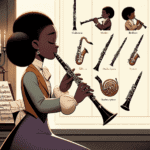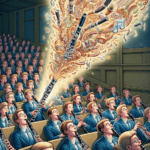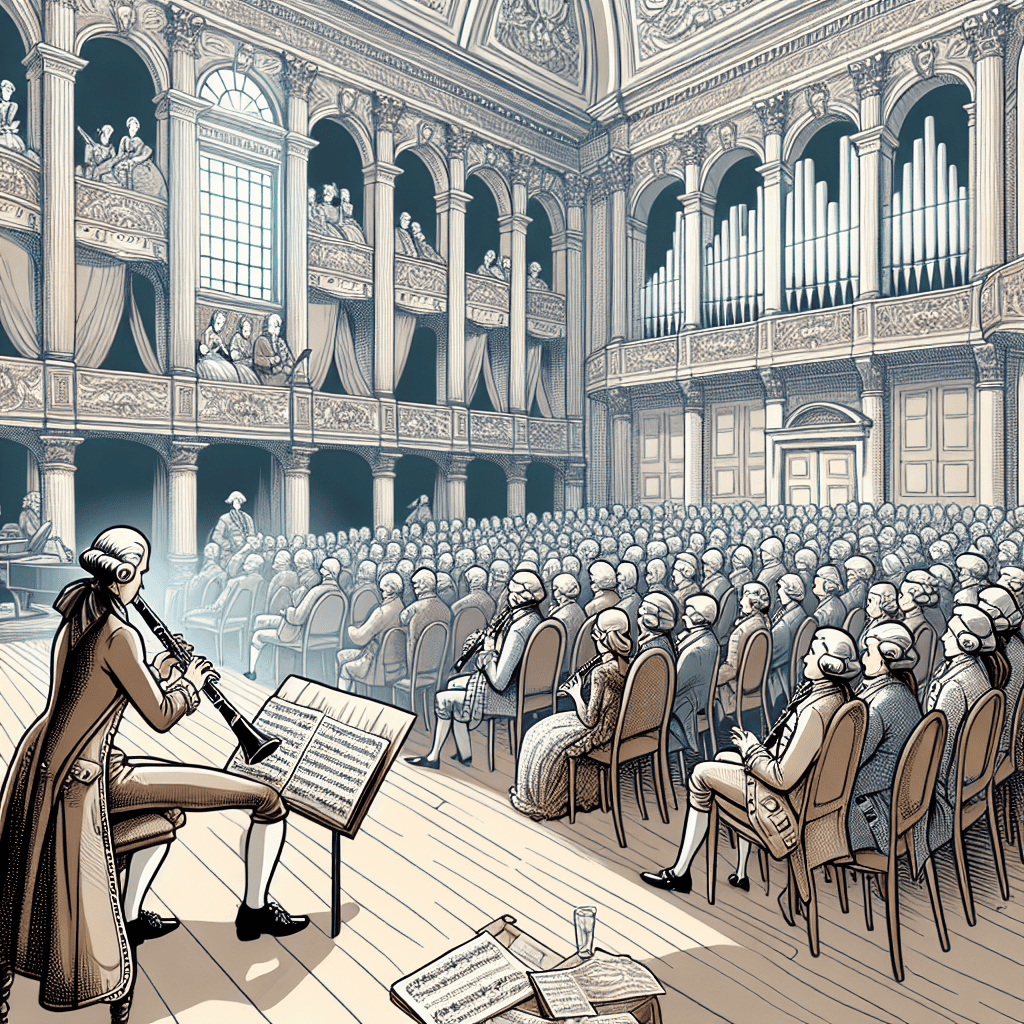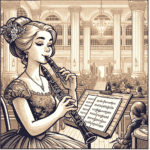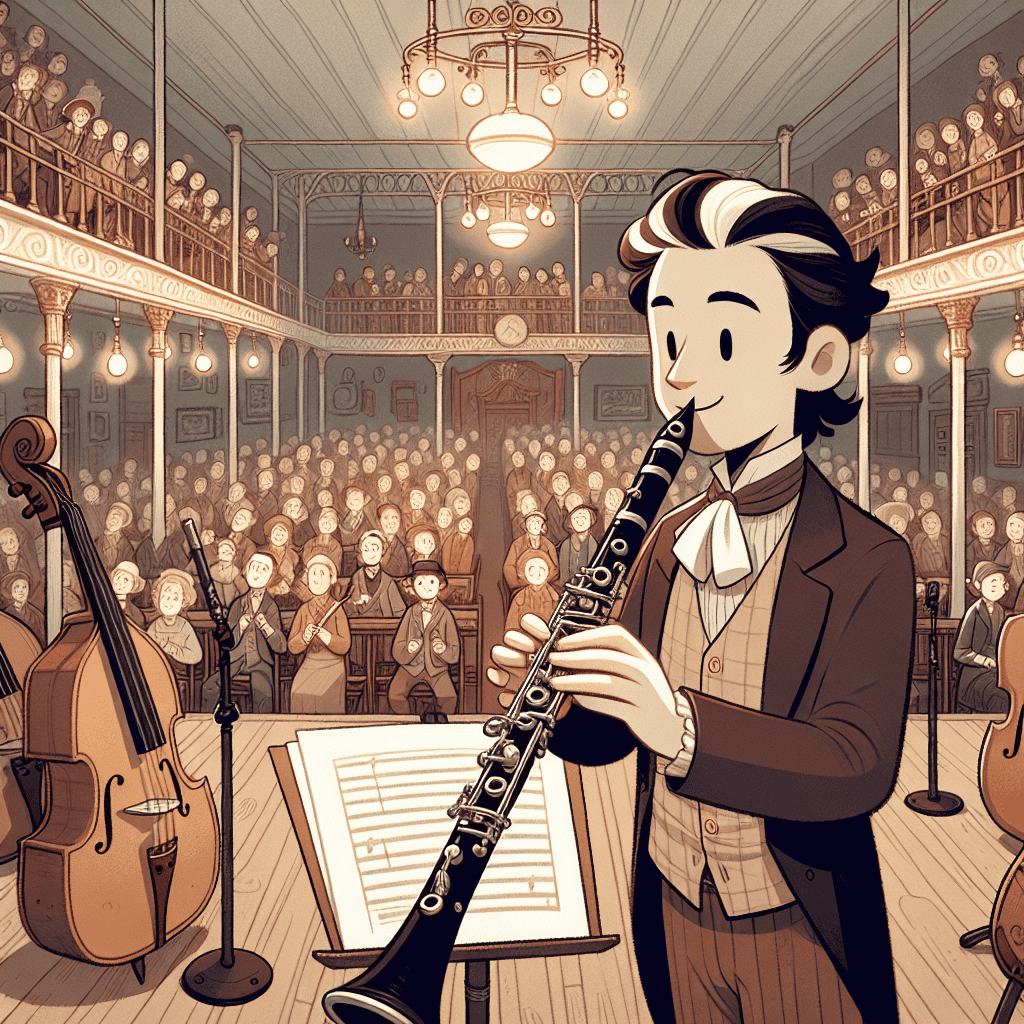The Clarinet's Rich History of Extended Techniques
The clarinet boasts a fascinating history, with extended techniques playing a significant role in its development. These techniques expand a player's expressive range and open up new musical possibilities. Let's explore these techniques, their origins, and how they've evolved over time.
Since its creation in the 18th century, the clarinet has undergone remarkable changes. Initially, players relied on conventional fingerings and breath control to produce sound. However, as we entered the 20th century, clarinetists began to experiment with new sounds and tones, challenging traditional playing methods. This experimentation gave birth to extended techniques as musicians pushed the clarinet's limits.
Understanding Extended Techniques
Extended techniques include a variety of playing styles such as multiphonics, circular breathing, and slap tongue. Each technique adds its own unique character to the clarinet's sound:
- Multiphonics: Producing multiple notes simultaneously, creating a rich, layered sound that adds depth to performances.
- Circular Breathing: A breath control technique allowing continuous sound production without pauses for breathing.
- Slap Tongue: A percussive effect that adds a distinctive, energetic quality to performances.
| Technique | Description | Effect on Performance |
|---|---|---|
| Multiphonics | Producing multiple notes at once | Adds depth and complexity to the sound |
| Circular Breathing | Continuous sound production | Creates seamless, uninterrupted melodies |
| Slap Tongue | Percussive effect | Adds rhythmic excitement to performances |
Impact on Contemporary Music
The rise of contemporary classical music and jazz greatly influenced the use of these extended techniques. Composers began creating works that required a broader exploration of the clarinet's potential. This shift led to a celebration of unconventional playing styles. Renowned clarinetists like Sidney Bechet and Benny Goodman played key roles in showcasing the clarinet's capabilities beyond traditional contexts.
Extended Techniques in Music Education
As we moved through the late 20th century and into the 21st, music education programs began incorporating these techniques into their curricula. Students in conservatories and standard music programs are now encouraged to explore the various sounds their instrument can produce. This approach has fostered a new generation of clarinetists who are skilled in these expansive techniques.
Getting Started with Extended Techniques
For clarinetists looking to incorporate extended techniques into their playing, multiphonics can be a good starting point. Try experimenting with fingerings that produce overtones; the results might surprise you! Remember that mastering these techniques takes time and practice. Stay patient and maintain your curiosity throughout the learning process.
The Importance of Practice and Exploration
Mastering historical clarinet techniques requires dedicated practice and exploration. As you become more familiar with the clarinet's extensive capabilities, you'll be better equipped to incorporate these techniques into your musical repertoire. This versatility will not only enhance your playing but also bring new life to your musical performances.
Conclusion
Understanding historical clarinet extended techniques goes beyond adding impressive effects to your performance. It's about expanding your musical vocabulary and deepening your connection with the instrument. This journey of exploration can lead to a greater appreciation for music as a whole, particularly in how it expresses the wide range of human experiences. Keep exploring new boundaries, and you might discover exciting new sounds with your Martin Freres clarinet!

